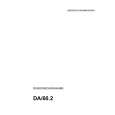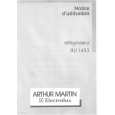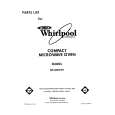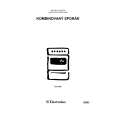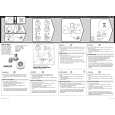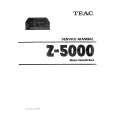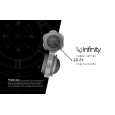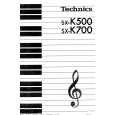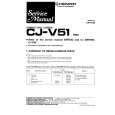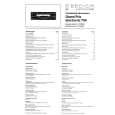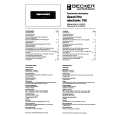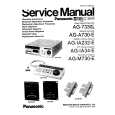|
|
|
Productos
|
|
Información
|
|
Destacado
|
|
|
 |
|
|
No hay comentarios de productos.
4.4.4
ATE Interface All connections to the ATE jig are facilitated by a single 10-pin header rather than a bed of nail which has been shown to have reliability problems. The ATE uses the header to access the signals required to complete a handset alignment. Handset to ATE communication is accomplished through a dedicated port on the MCU which is connected directly to a charge contact. As with other charge contacts the ATE I/O contacts are protected from ESD using LC filtering and additional protection is afforded at the MCU�s port by using protection diodes.
4.4.5
Ringer The ringer used in the handset is basically a magnetic transducer. It takes an electrical signal from the MCU and uses it to create a varying magnetic field to vibrate a metal diaphragm. The vibrating diaphragm in turn produces acoustic waves forming sound energy. The ringer draws a large amount of current when it rings and is therefore powered directly from the battery. There are four different ring signals produced by the MCU to provide four distinct ringing tones. Each signal is a combination of two frequencies. The frequencies are listed in Table 4.4.5. Table 4.4.5 MCU Ringer Tone Frequencies RING TONE NUMBER l 2 3 4 FREQUENCY #1 (Hz) 2,500 2,500 1,250 FREQUENCY #2 (Hz) 1,250 625 625 312
The MCU�s ringing tones are coupled to the ringer via transistors. These transistors are biased to insure that ringer output is consistent from handset to handset. 4.4.6 Sleep Timer The sleep timer wakes up the handset from sleep mode by pulling the IRQ line on the MCU low. The sleep timer circuit is made up of a compactor, an RC network and supporting components. The circuit acts basically like a one-shot activated by the RX_PWR line. With the MCU asleep, the receive power is off allowing an RC network to charge up. The charge on the capacitor is compared to a set reference and at a certain point toggles the comparator output low. The low pulls the IRQ low waking up the MCU. When the MCU a wakes, it executes its interrupt routine to check for base data. To do this, the MCU powers the RX_PWR line which in turn resets the IRQ line high. As soon as the MCU completes its interrupt routine, the handset goes back to sleep if no base data was detected and the sequence is repeated. 4.4.7 LED Indicators The handset features two LED indicators. One indicator is used to show that the handset is in use while the other indicates a low battery condition. The low battery indicator is turned off and on by the MCU until either the battery reaches a charged state (> 3.35 VDC), or the handset is shut done do to insufficient battery charge (< 2.8VDC).
� 22 �
|
|
 |
> |
|
